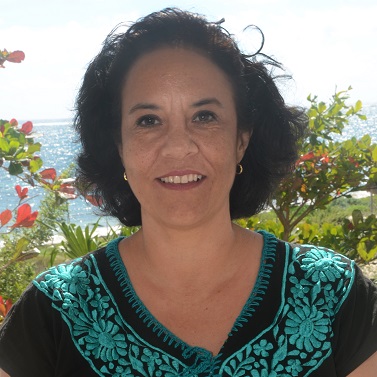The Natural Protected Areas (ANP) located in the state of Quintana Roo, have been ignored by the state government’s sargazo cleanup campaigns, which puts the flora and fauna of the reserves at risk.
Cristopher González Baca, regional director in the Yucatan Peninsula of the National Commission of Protected Natural Areas (Conanp), mentioned that Natural Protected Areas such as the Sian Ka’an Biosphere Reserve is in total oblivion due to the fact that there are no important tourist developments in the area.
“These natural protected areas are not so “touristy”, therefore, the issue of sargassum is not taken care of as it is done in Cancun and along the Riviera Maya, where thousands of tourist pay great amounts of money to spend time on their beaches”, said the official.
According to González Baca, some of these areas that have been excluded from the Sargasso harvest campaigns are the Siaan Ka’an Biosphere Reserve, Xcalak reefs, Alacranes, Cabo Chinchorro and Isla Contoy, among others.

Cristopher González Baca (CONAMP)
The director of the Conanp explained that not attending the sargazo situation in these areas endangers the flora and fauna of the Natural Protected Areas, specifically the Siaan Ka’an Biosphere, where more than one hundred endemic species live and the Mesoamerican barrier reef, which is algo being damaged by the arrival of tons or sargazzo.
Although cleaning is done on the coasts of the Sian Ka’an biosphere, González Baca explained that these actions are focused on the picking of plastic waste that arrives to the beaches of Quintana Roo in large amounts and has become a serious problem for the local ecosystem.

ROSA ELISA RODRÍGUEZ MARTÍNEZ
In this regard, Rosa Elisa Rodríguez Martínez, a researcher at the Institute of Marine Sciences and Limnology of the National Autonomous University of Mexico (UNAM), explained in recent days that with the massive arrival of sargassum, the Institute does not rule out the acceleration of the “whitening” disease that is killing the corals, because the water quality deteriorates and the temperature increases.
“We must remember that corals are marine animals that live in waters without nutrients and what sargassum is doing is loading the sea with nutrients and with the increase in temperature it is the recipe for a perfect disaster,” explained the UNAM researcher.
The Yucatan Times
Newsroom



